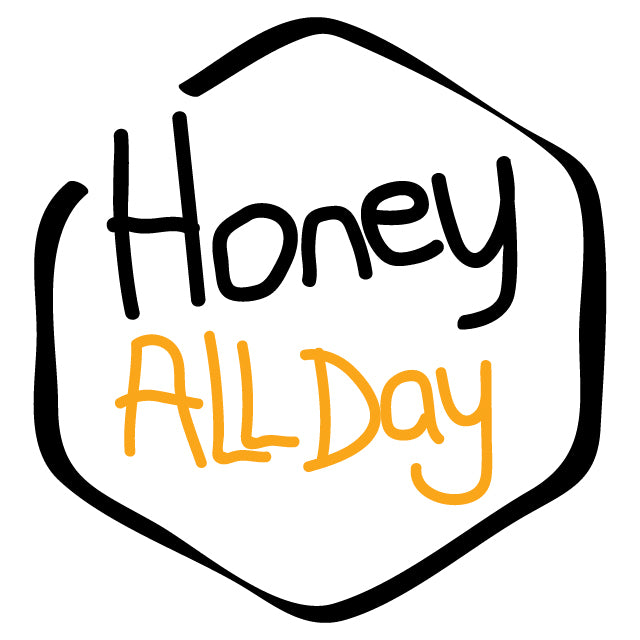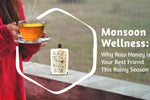There are over 20,000 bee species all over the world, known to mankind. Out of these varied species, only a particular kind makes honey. This particular species is what we commonly refer to as the ‘honey bee.’
If only one species of bee makes the honey, how does the color of honey differ every time?
This is because the color of the honey doesn’t depend on the bees but rather on its source. The color can range from nearly colorless to extremely dark-colored honey depending on the pollen it collects.
Depending on the different regions, plants and flowers keep blooming at different times. For this purpose, bees collect pollen almost all year long. These plants and flowers are an essential factor in determining the color and taste. The nectar and pollen collected from these plants directly impact the color of the honey. This is because the nectar has minerals, such as sulfur, potassium, calcium, magnesium, sodium, copper, iron, and manganese, found in the flower source that affects the color.
The color of the honey may also be impacted by the season in which it is harvested. The honey harvested in spring usually has a lighter texture and color whereas the honey harvested in summer has a more golden-ish texture and fruity connotations. Like we mentioned above, this is because, in Summer, plants bloom more fruits, and hence the pollen collected has a fruity connotation.
Honey harvested in autumn usually has a dark texture and a strong taste, also indicating that it has a higher concentration of antioxidants. This is because plants produce more antioxidants in winter due to stressful environmental conditions.
Apart from these natural reasons, the color of honey can also change over a period of time depending on the storage conditions. Honey also tends to crystallize over time due to high pollen count. This crystallization process may also affect the color of honey over a period of time.
Considering all the factors mentioned above, the color of honey is graded accordingly.
The color grading is done using a Pfund scale. It is a color grading system ranging from a lighter shade to a darker one. The honey is placed in a wedge-shaped container and then its color is compared to the scale. The point where the color of honey matches the color on the scale is observed from one end of the wedge. As a result of such measurement, we get honey color expressed as a length ranging from 0 to 140 mm.
The colors expressed on the Pfund scale are the standard universal colors of honey. If your honey color tends to fall out of this bracket and has a more golden-orangish shade, there is a possibility that your honey is heavily filtered. The natural hue of honey gets affected due to the added ingredients that alter the composition of honey, in turn affecting its color.
Although the color of the honey differs from flavor to flavor, its properties don’t. Every pollen source consists of nutrients and additional compounds that make this a healthy choice. Depending on the difference in color, the taste of the honey also varies. Go through this small guide below to help understand which color might appeal to you the most.
The golden yellow color honey like our Forest Raw Honey is a good choice for someone who enjoys a mild, sweet taste and a slight floral aroma. It is perfect for your early morning dosas or midnight pancake cravings.
The amber-colored honey like our Kashmir Multiflora Honey will be the preferred choice of all honey lovers for its rich, sweet floral taste and you use it to sweeten your milkshakes or use it as a dressing for your meals for a strong, sweet taste.
The dark-colored honey like our Bengal Multiflora Honey is a great option for people who don’t like their honey to be too sweet and have a derived taste. You can pour this warm flavored honey into any meal and enjoy its unique taste.
No matter what the color is, as long as the honey is pure and unfiltered, it is definitely a great dietary supplement for a healthy lifestyle. Due to the natural pollen content, honey contains very essential nutrients that can help us sustain a healthy lifestyle in today’s time.
Eat Honey all day, every day to build your way towards a healthy lifestyle!





